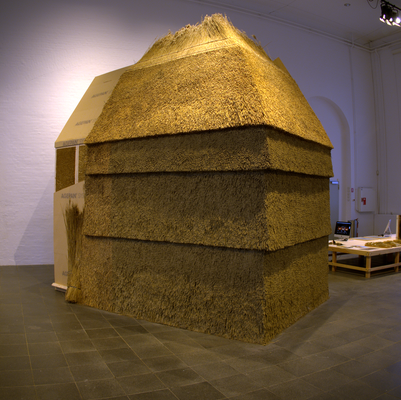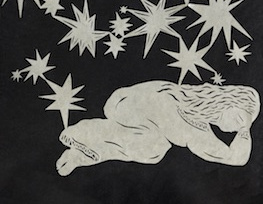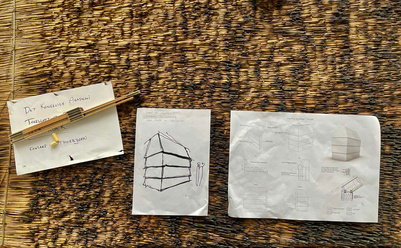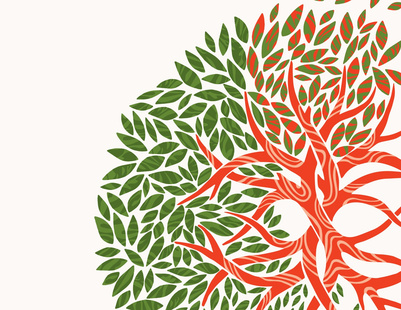Climate change and air pollution can damage irreplaceable parchments
Text and illustrations on parchment represent irreplaceable testimony of our history. But parchments are fragile and easily damaged by temperature variations or acid impact: for example, from air pollution. These are the findings in a PhD thesis from the Royal Danish Academy of Fine Arts, School of Conservation. Climate change calls for particularly special attention in the preservation of our parchments today.

Climate change and air pollution pose a threat to irreplaceable parchment treasures in libraries, archives and museums throughout the world. Parchment was used for legal documents, maps, books and paintings right up until the 15th century, when paper became widespread. It as also been used for particularly important documents since then. Now these fragile items are in danger of suffering damage due to changes in climate and air pollution.
The oldest Bible in the world, Cordix Sinaiticus from c. 330 AD is one of many examples of the adverse effects of climate change. The book's leaves show provable signs of ink damage in the form of yellow and yellow-brown spots on the parchment surface, which have resulted from deterioration of the parchment.
In her PhD thesis, Oxidative and Hydrolytic Degradation of Collagen in Parchment, the conservator, Kathleen Mühlen Axelsson of the Royal Danish Academy of Fine Arts, School of Conservation has investigated when and how parchment is eroded. Her thesis is the first in-depth research of different fibre structures in parchment and, for the first time, it proves that, both qualitatively and quantitatively, the chemical processes of "oxidation" and "hydrolysis" lead to increased amounts of damaged fibres and changes in the structure of the fibres.





